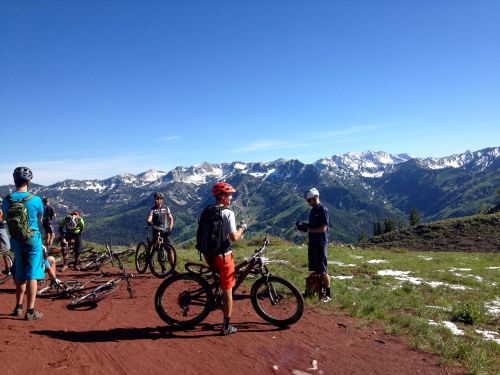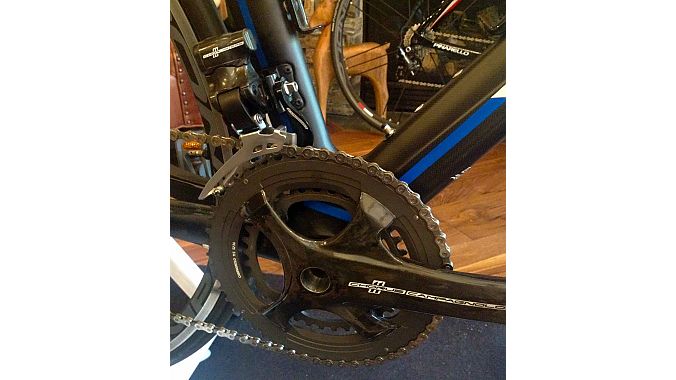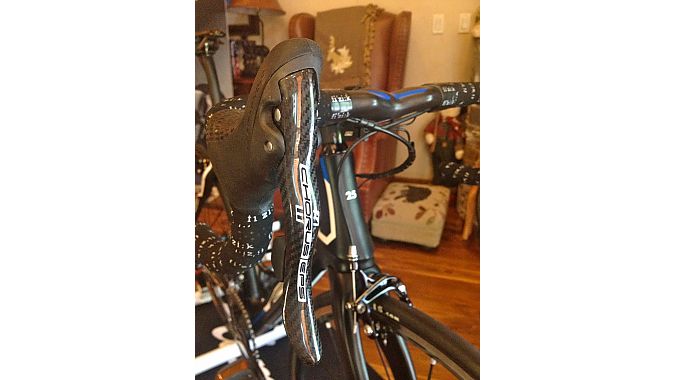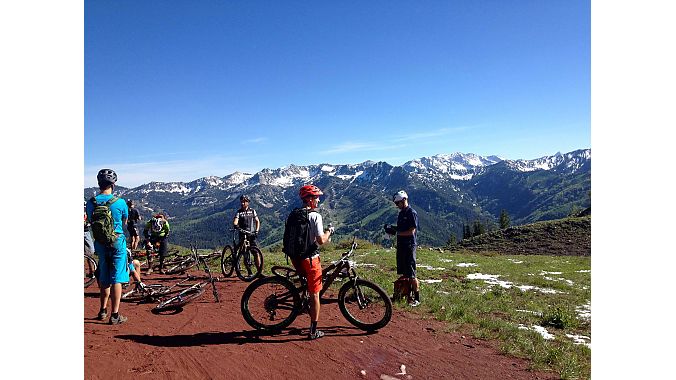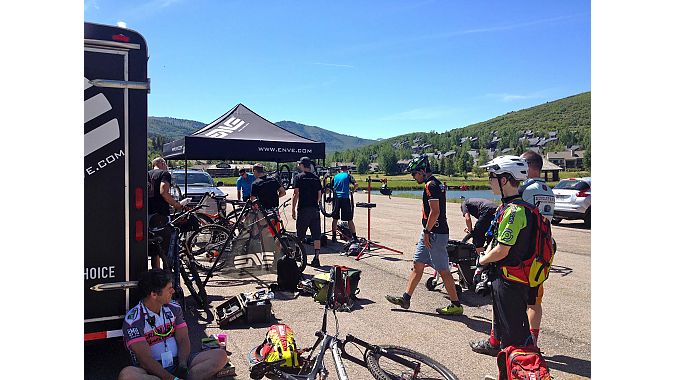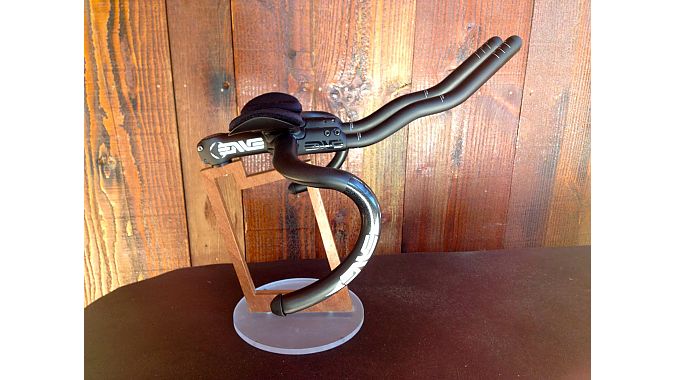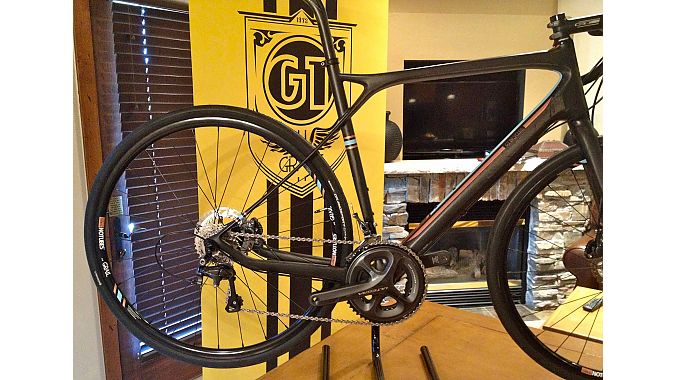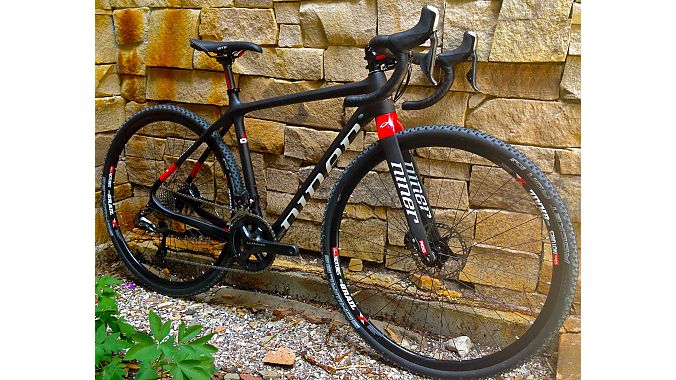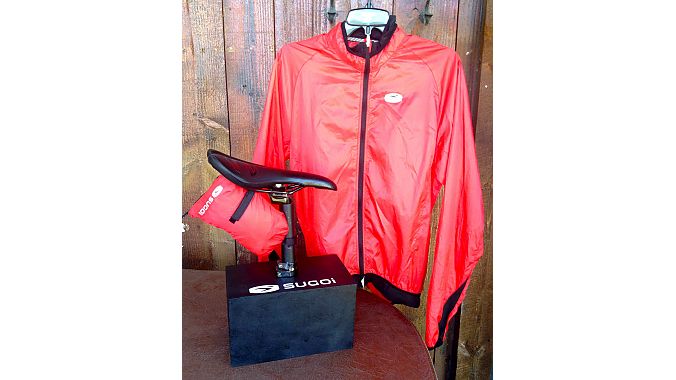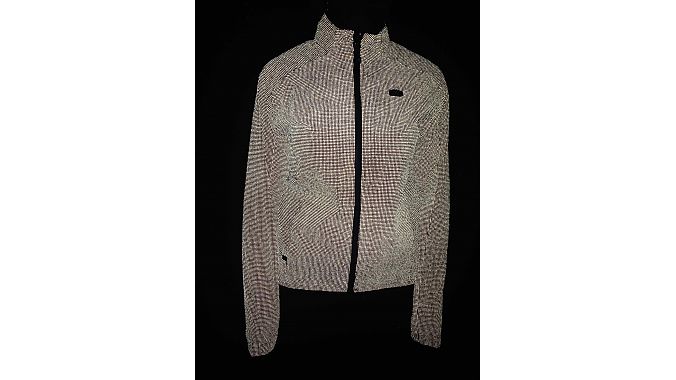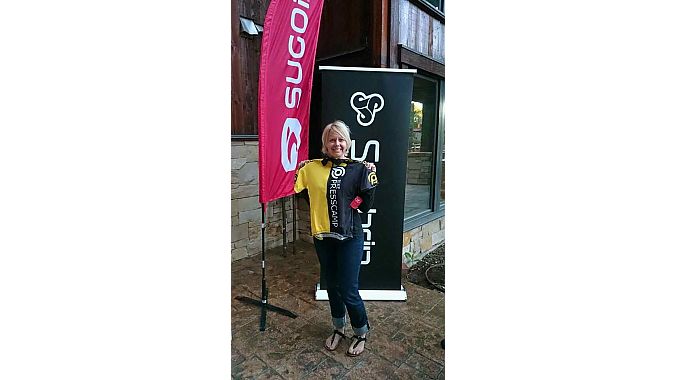PARK CITY, Utah (BRAIN) — Utah's characteristic summer bluebird skies returned on Thursday, and almost the only evidence of the snow that fell earlier in the week was the hero dirt it left behind. Only small patches of snow remained, even at 10,000 feet, so editors took advantage of Park City's terrain on mountain and road bikes during the final demos of Summer PressCamp.
Local manufacturer Enve Composites hosted its second annual Wasatch Crest mountain bike ride. Nearly 20 editors got to sample some of Utah's finest single track and take in spectacular views as we rode through Aspen groves, lingering patches of snow and fields of wildflowers to end at Canyons Resort in the Park City valley. As we climbed, traversed and finally descended from almost 10,000 feet on world-class trails, I was reminded that I simply love riding my bike.
My thoughts kept circling back to conversations I've had with the vendors this week, many of which shared a common denominator: How do we, as an industry, get more people riding bikes? To help them know the joy of cycling in all of its many disciplines, to benefit from it health-wise―mentally and physically―and to come to know what a useful and fun tool the bike can be?
And a theme I've noticed this week is the apparent shift from an emphasis on racing to everyday riding, whether it's road or mountain. While racing drives innovation at its highest level and keeps new and better product coming down the pipeline that the end consumer most always benefits from, most people don't need―and cannot afford―a race bike. That reality was best reflected in the product launched here this week.
The do-it-all, highly versatile road bike is one such example. Ridley launched its Fenix Disc road bike and GT unveiled its new Grade (see photo gallery), which it is calling an "adventure" road bike. While they have their differences, what these two models share is that they were designed for all-conditions, all-surface riding, from a gran fondo and all-day rural back road exploration to the Saturday shop road ride. The idea is that a consumer could have one bike for just riding, but that it can still be light and fast, and be a melding of the best characteristics of race bikes and the demands of everyday need.
GT didn't have racers in mind when designing the Grade. "We see a different customer," said Patrick Kaye, senior product manager at GT. "And that person is someone who goes out for the joy of the ride, not necessarily to beat a Strava time. There is a disconnect between the pro cyclist and the consumer, and we designed this bike for the consumer."
Being unconstrained by UCI guidelines allowed GT to load the Grade up on features that matter to the everyday rider, including comfortable geometry thanks to slackened seat and head angles, longer wheelbase for stability and all-conditions stopping power via disc brakes. Hydraulic brake lines are routed externally for ease of maintenance, fenders can be added, and the frame has a 27.2 seatpost diameter to give the customer a wider range of options. Tires from 23c to 35c will fit the frame, which is built around a wide PF30 bottom bracket for strength and stability, but it uses a Praxxis Works BB adapter to give the customer a broad range of gearing and crankset options.
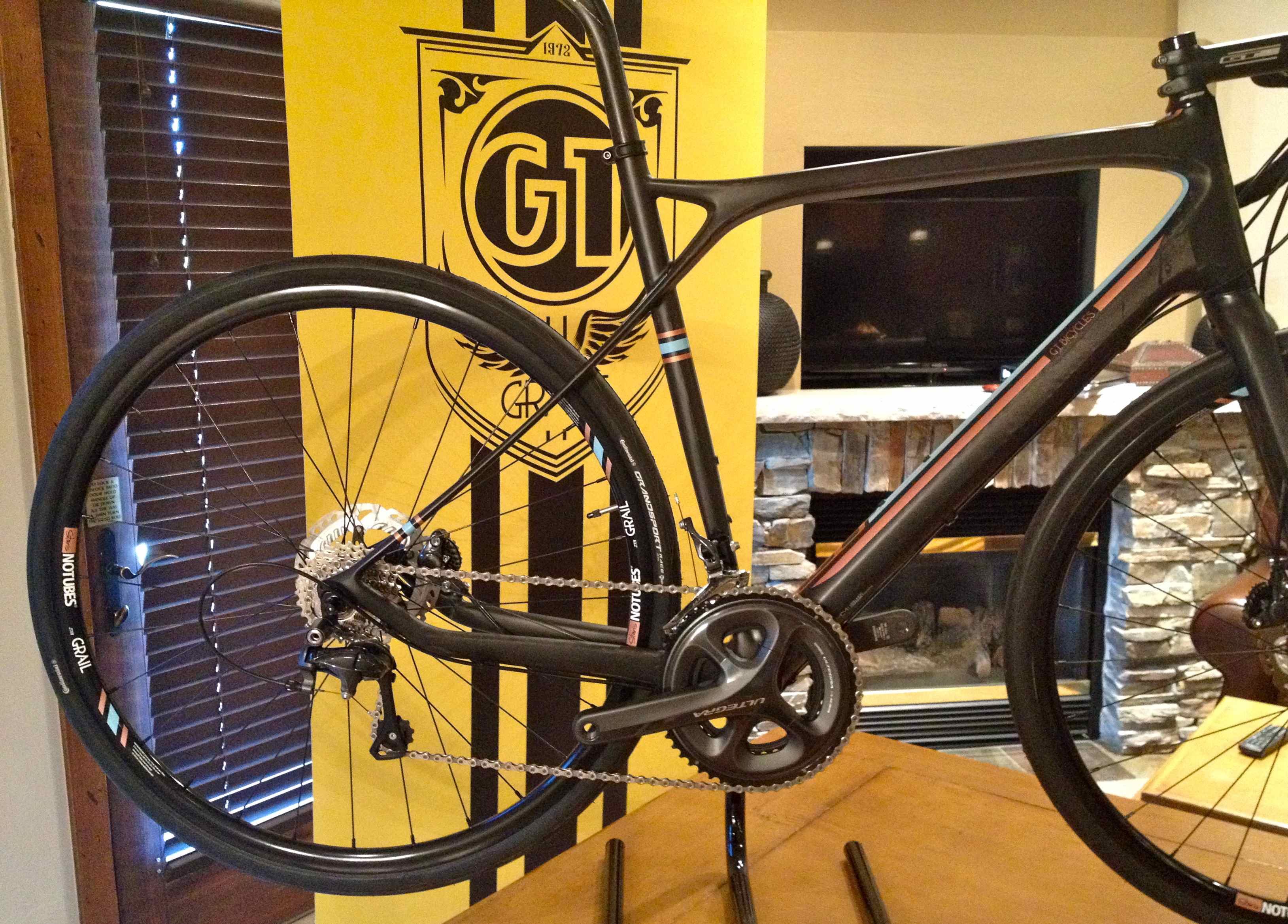
But don't call the Grade (or the Fenix, for that matter) a gravel bike. "It's a road bike," said Kaye. "It's a playful and fun road bike that you can ride to work during the week and get rad on on the weekends. This bike is breaking the rules."
This idea was also reflected on the mountain side with a new breed of non-race, fun, snappy and comfortable XC bikes cropping up all over PressCamp, at all price points. There is a sense that these bikes are approachable and attainable for a wide range of consumers, but that doesn't mean quality and innovation went out the window either. The 2015 entry-level aluminum models we saw this week are perhaps the most nicely spec'd bikes new riders have ever seen, and across the board, manufacturers emphasized the importance of giving the beginner rider the best experience possible.
And what that conveys to the consumer is that they matter, even if they're not racing or getting KOMs on the Saturday ride. It's about the pure joy of riding a bike — anytime, anywhere.

